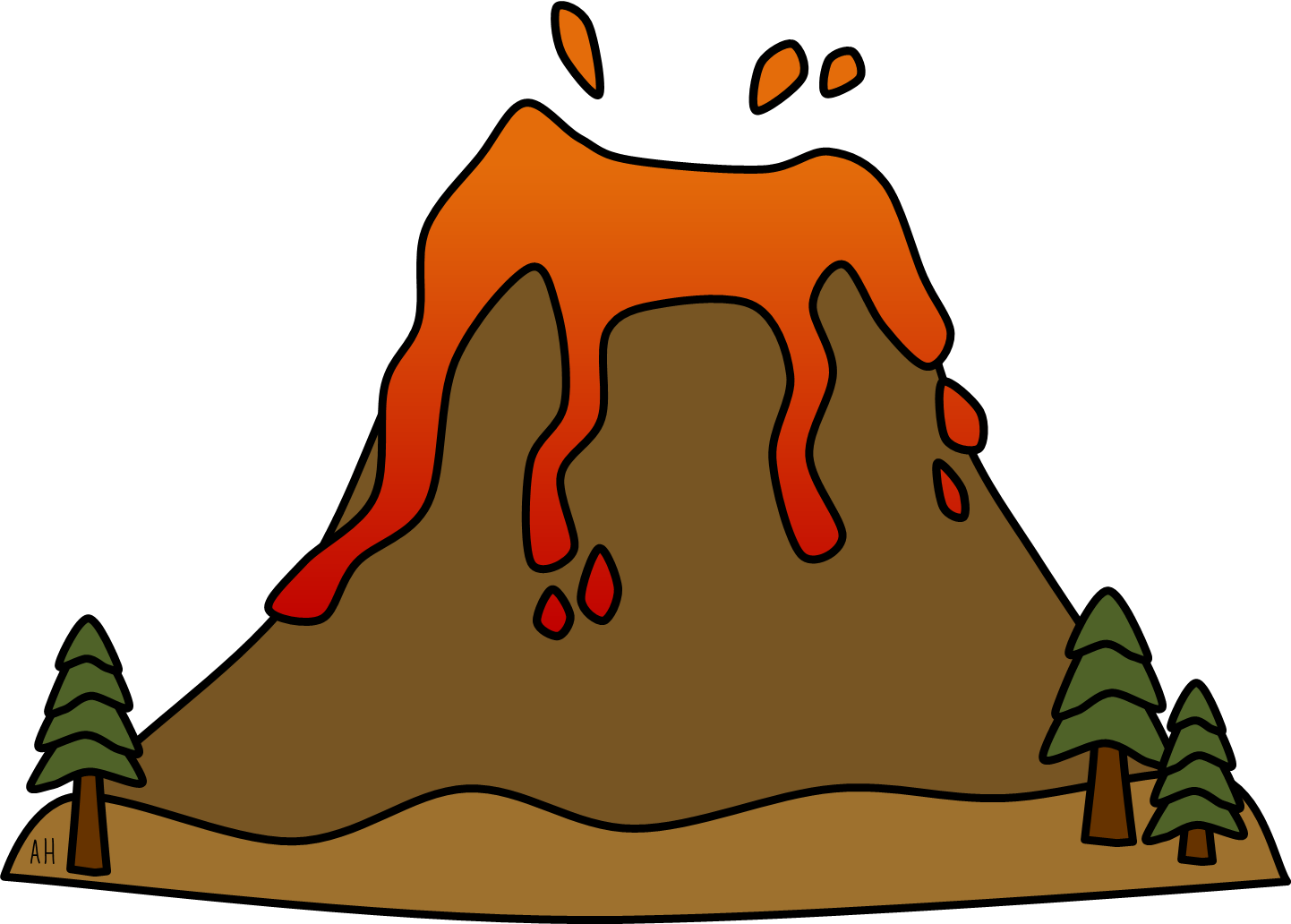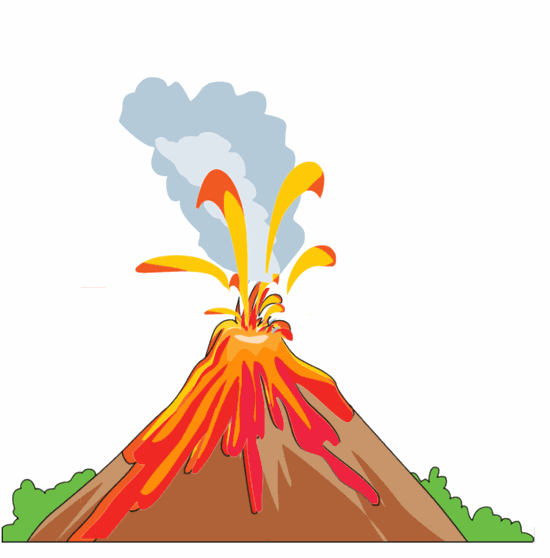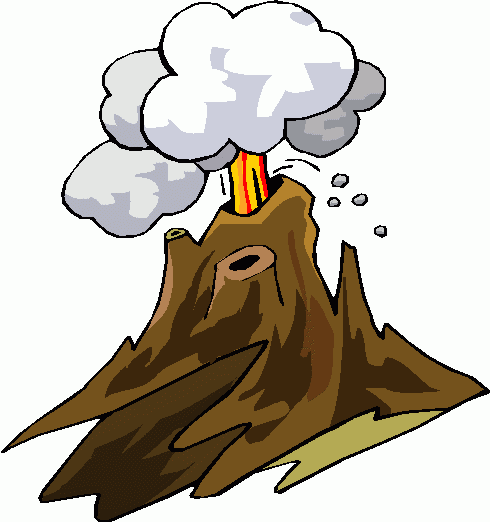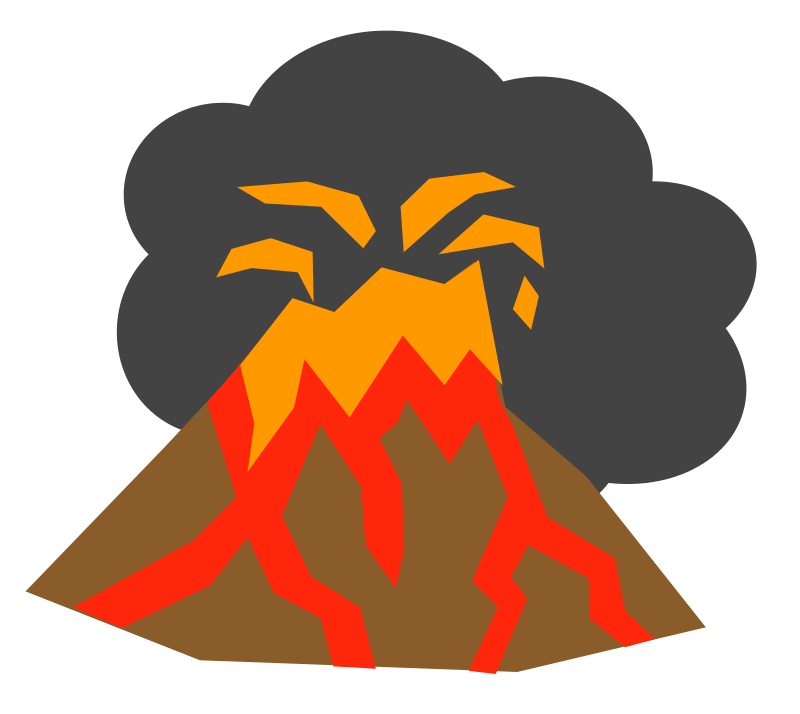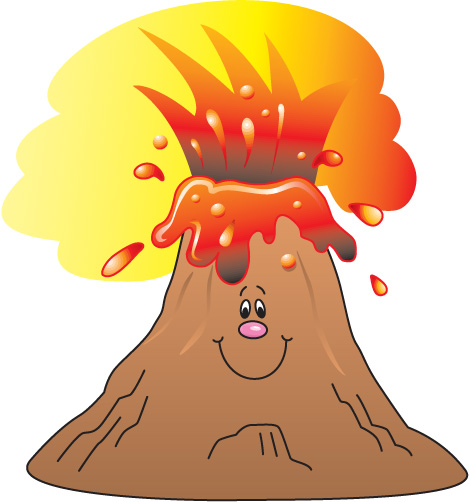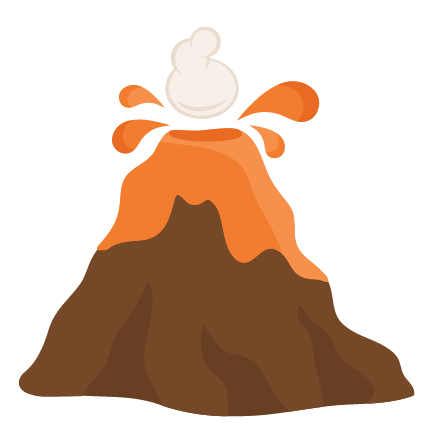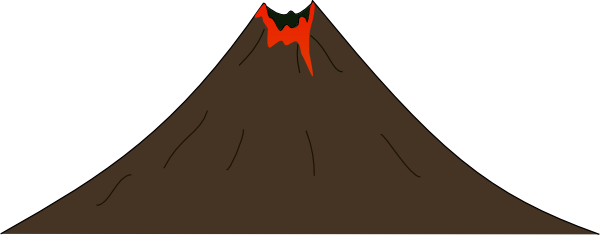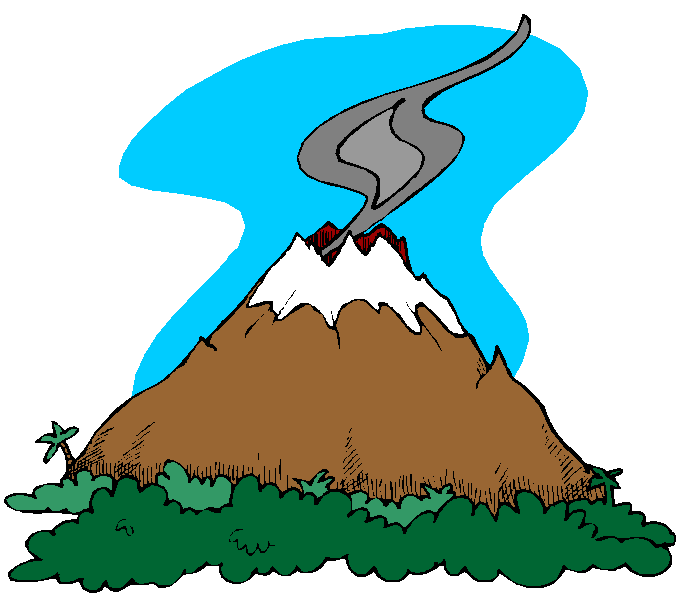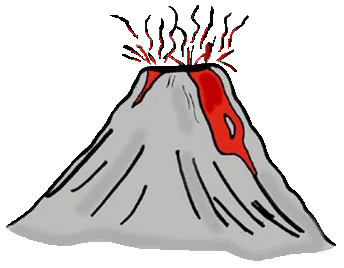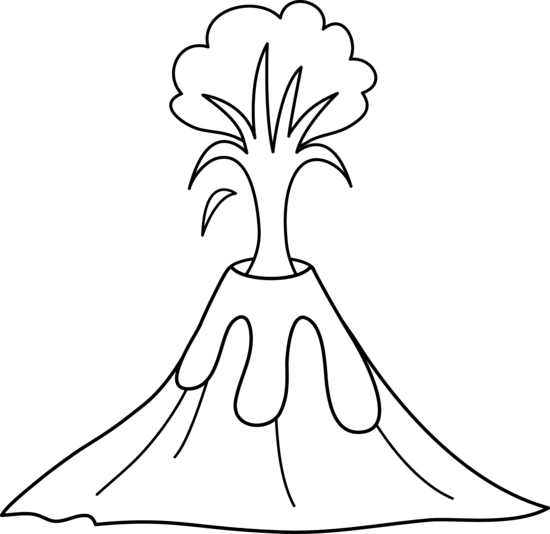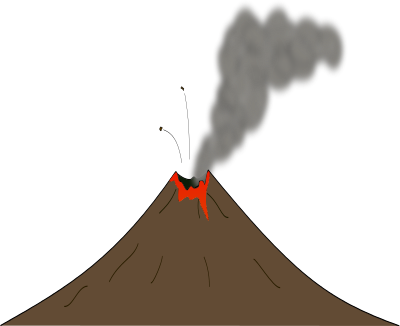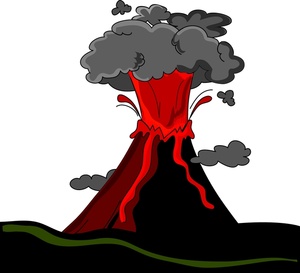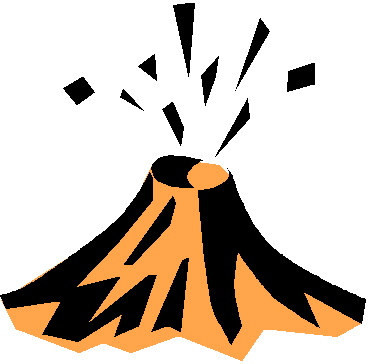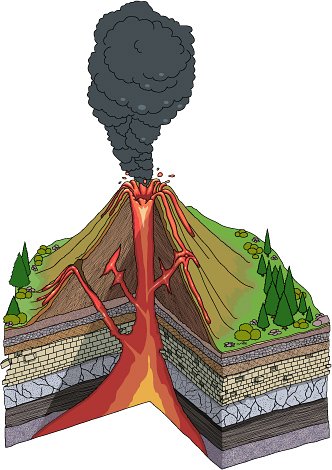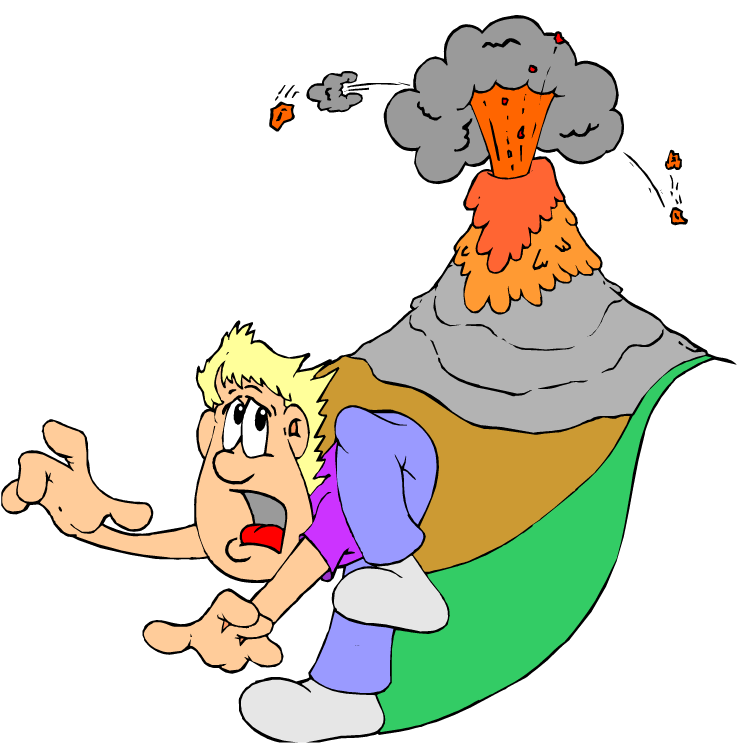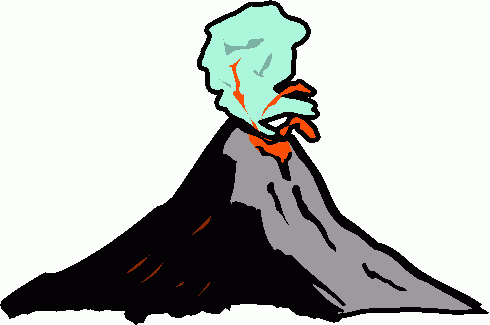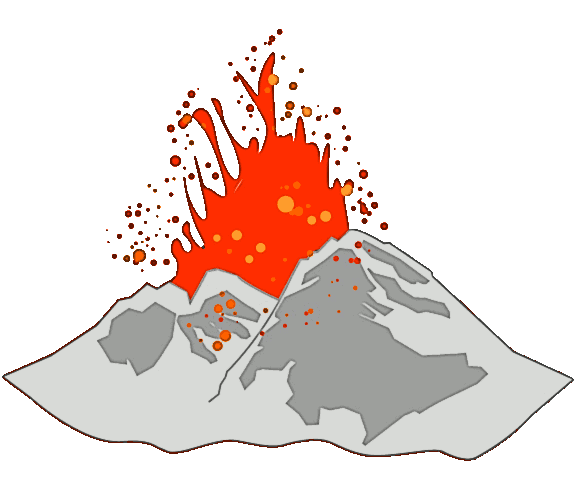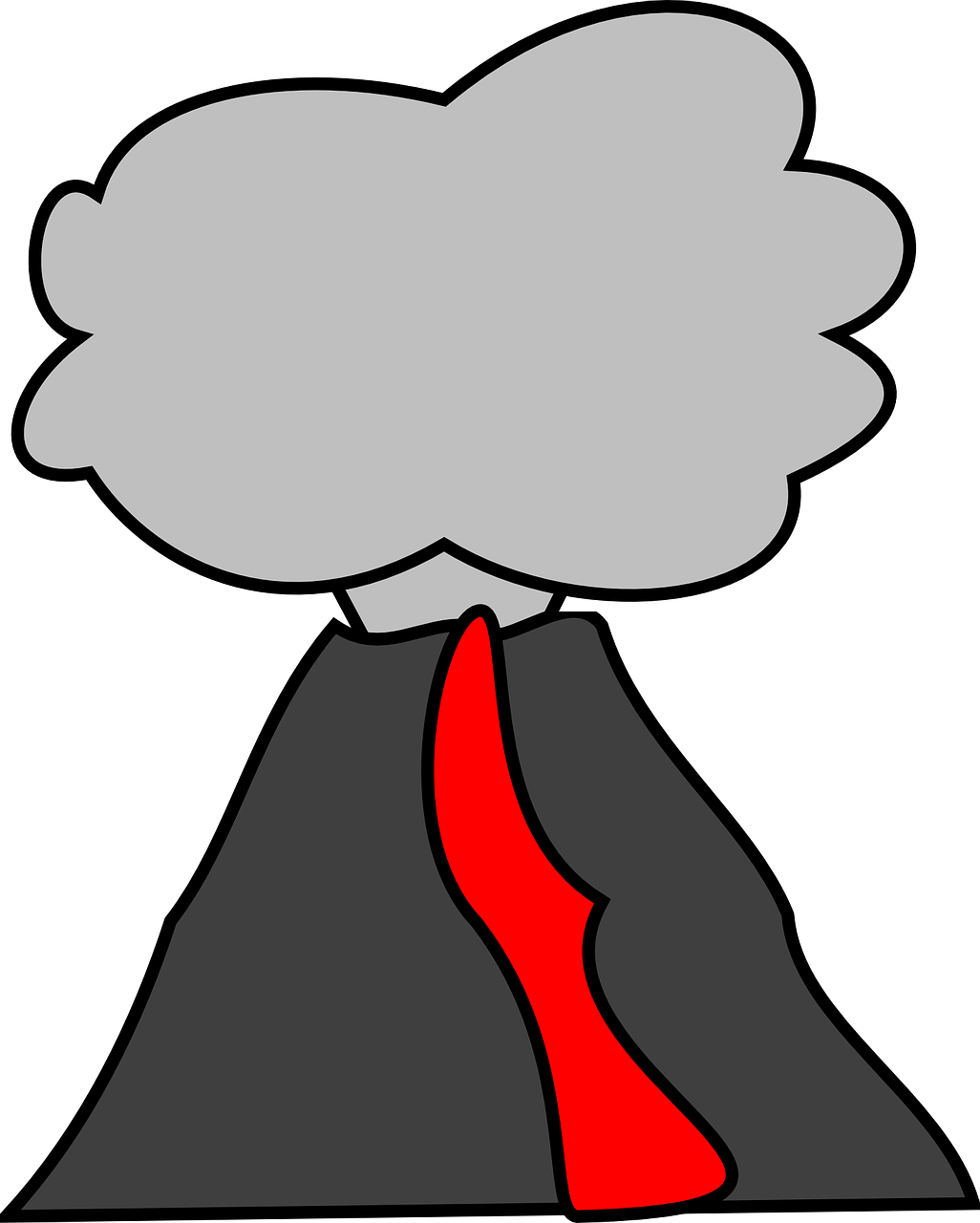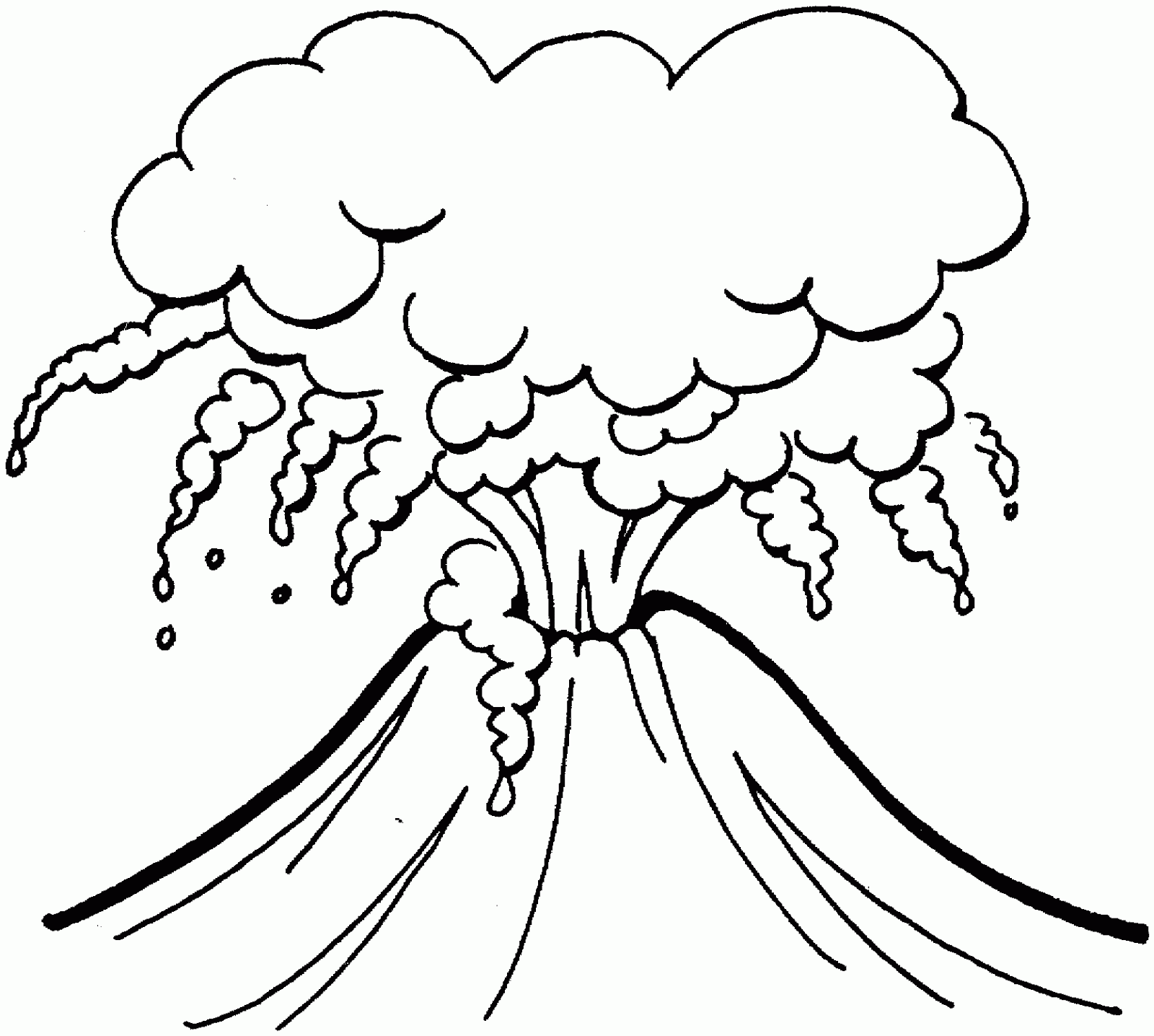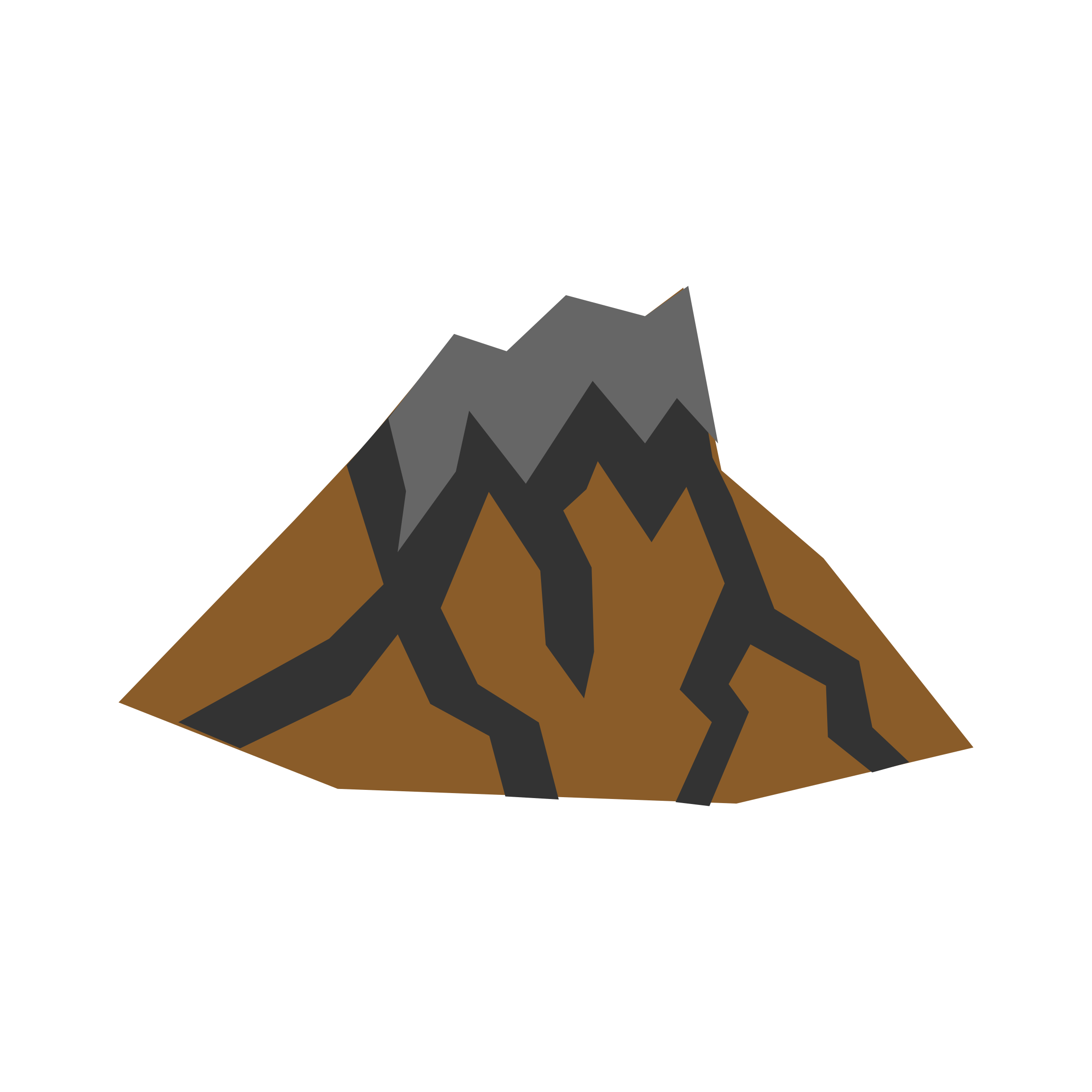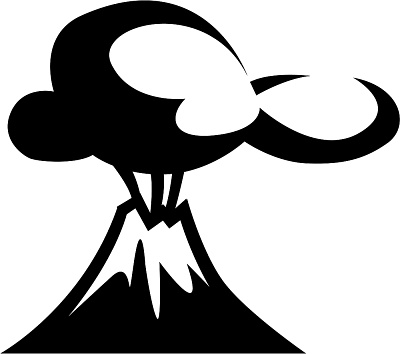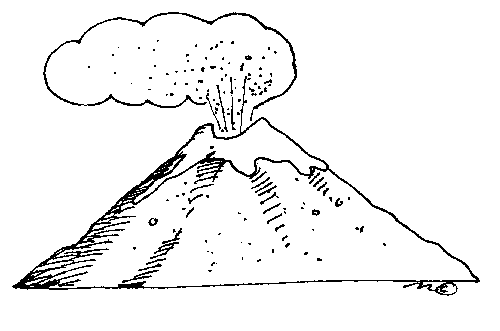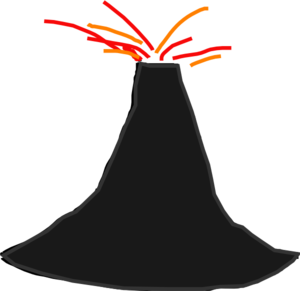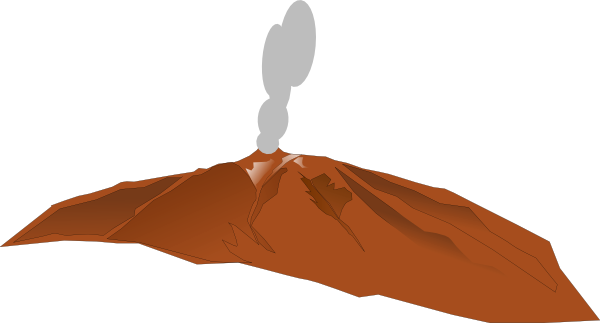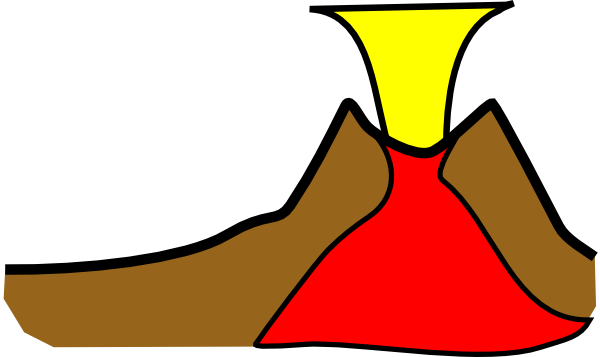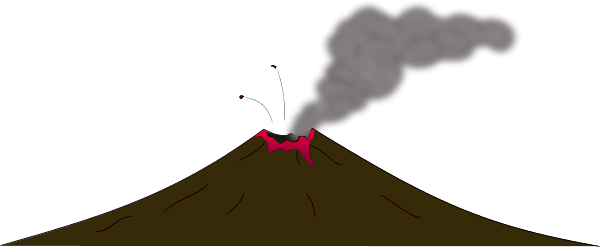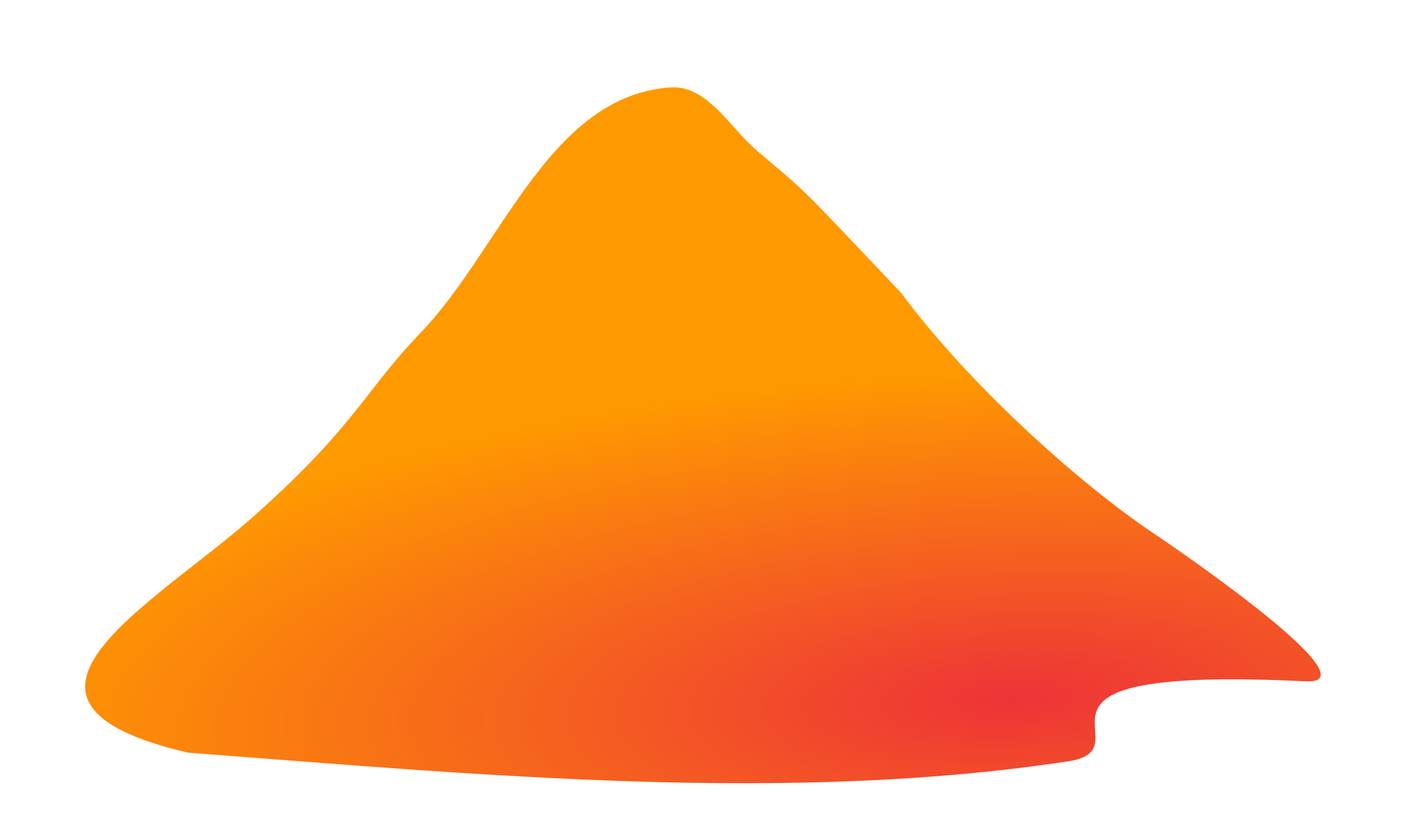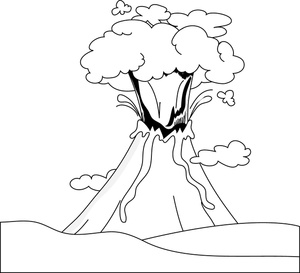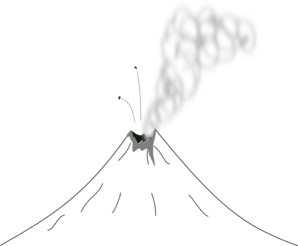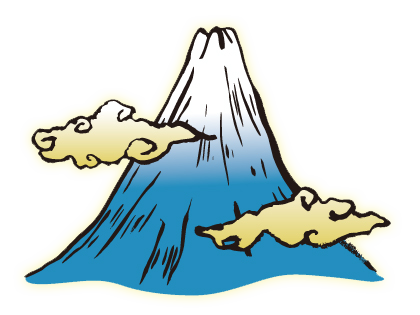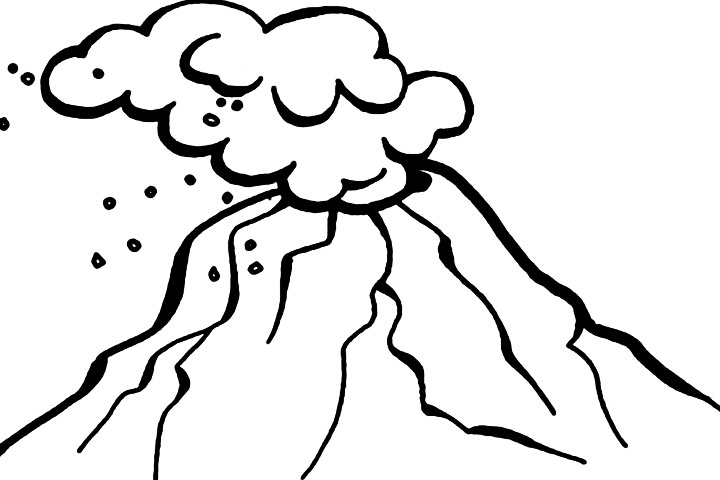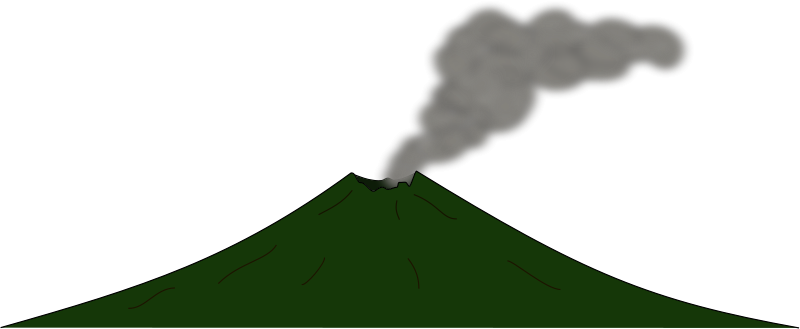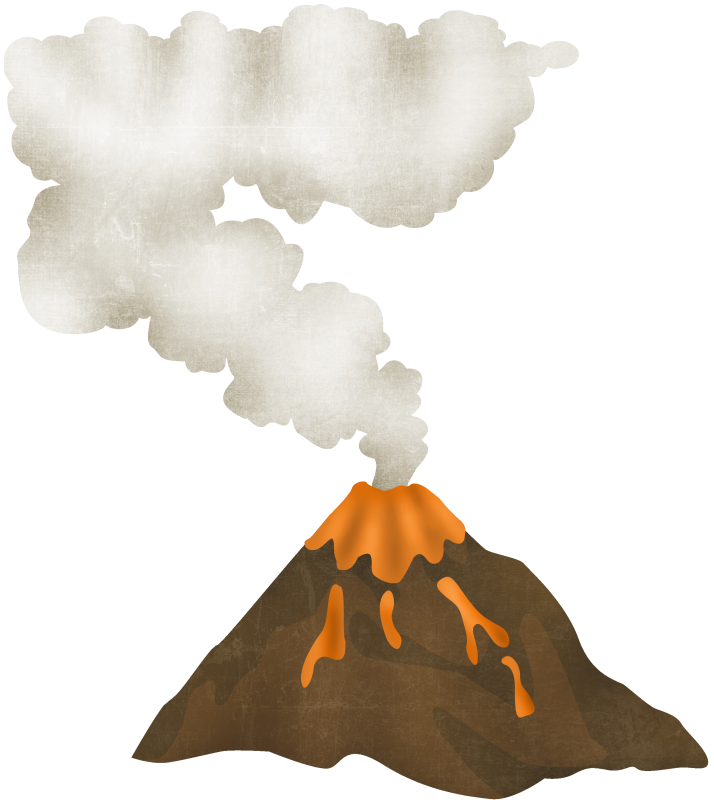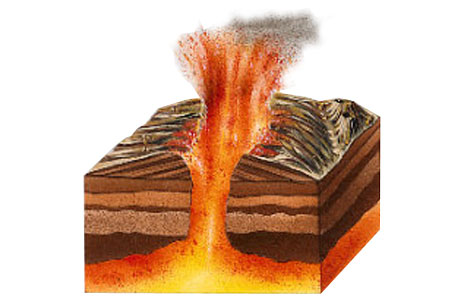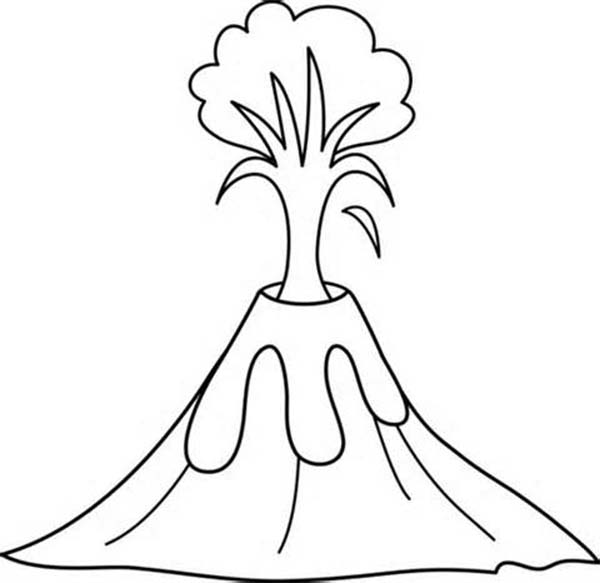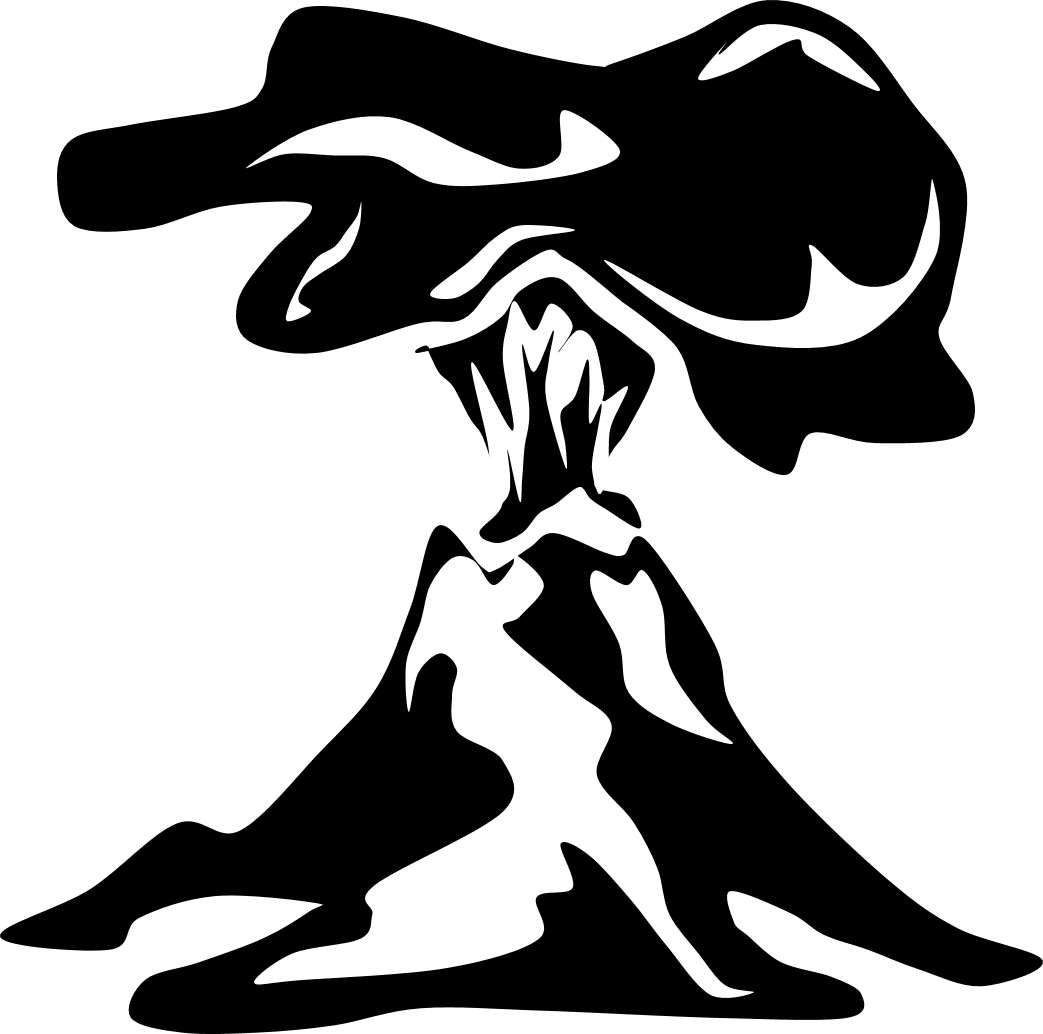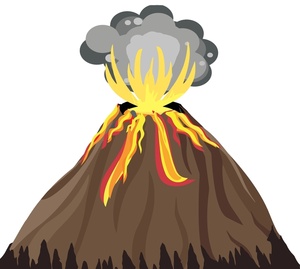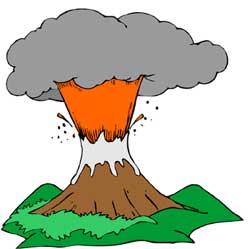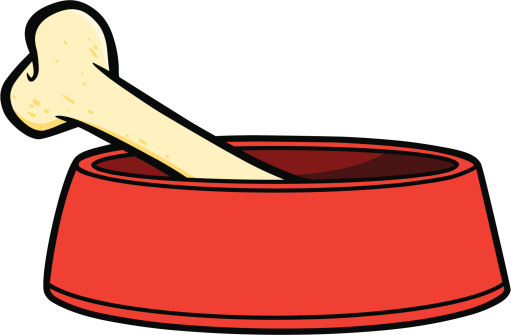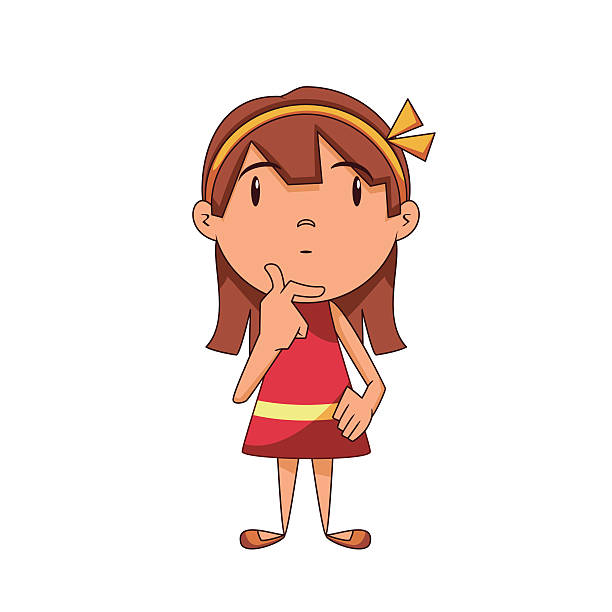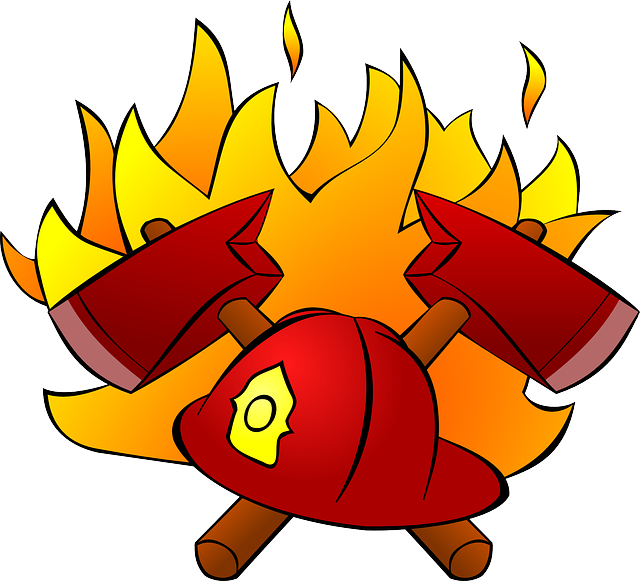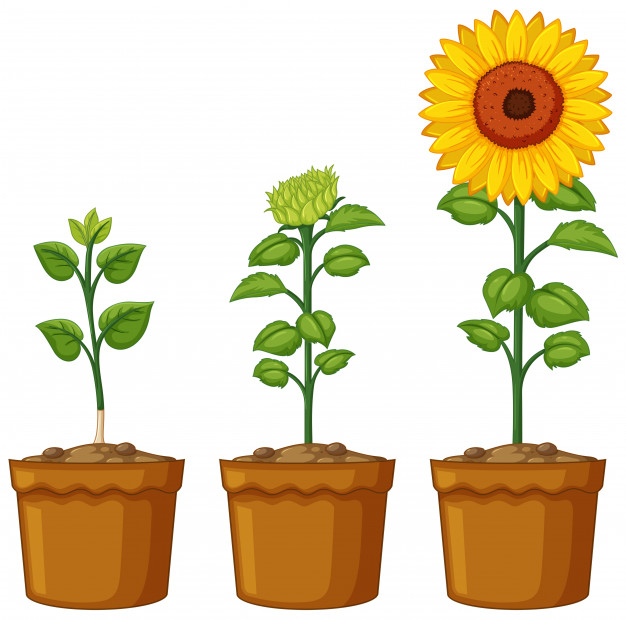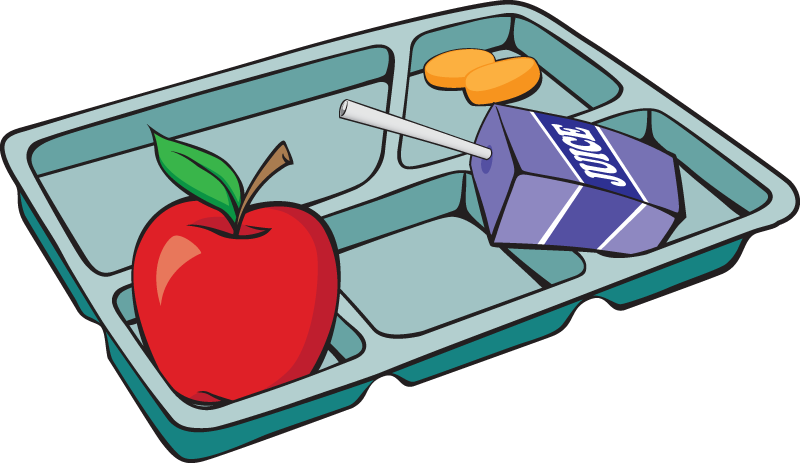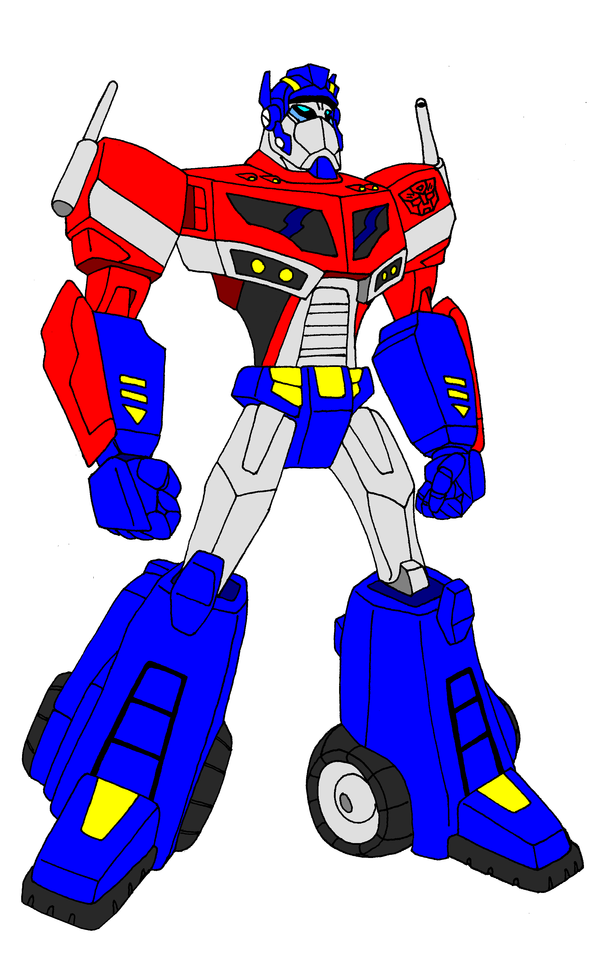Volcano Clipart
A volcano is one of the most powerful and fascinating natural phenomena. Volcanoes are found all over the world, ranging from small fissures in the earth’s crust to massive mountains that spew lava and ash for miles around. There are around 1,500 active volcanoes worldwide, with hundreds more listed as dormant or extinct. Despite the destruction they can cause, volcanoes have played an essential role in shaping our planet’s landscape. In this article, we will explore the many fascinating aspects of volcanoes.
A volcano is a vent in the earth’s surface that allows magma, ash, and gases to escape from deep within the earth’s crust. Volcanoes commonly form along the boundaries of tectonic plates, which are large segments of the earth’s crust that move slowly over time. The heat and pressure generated by the movement of these plates cause magma to rise up, creating these spectacular geological formations.
Different Types of Volcanoes
Volcanoes come in many different shapes and sizes, depending on the type of eruption that forms them. The most common types are shield volcanoes, stratovolcanoes, and cinder cones.
Shield volcanoes have a wide, shallow profile and are built of many layers of lava flows. They usually form from quiet eruptions that produce fluid lava that flows easily. Shield volcanoes are typically found at hotspots or in the open ocean.
Stratovolcanoes are steep-sided cones built of layers of hardened lava, pumice, and ash. They are the most common type of volcano and are found in subduction zones, where one tectonic plate is forced under another. Stratovolcanoes can produce violent eruptions with pyroclastic flows that can travel at high speeds.
Cinder cones are small, steep-sided volcanoes made of loose volcanic debris called cinders or scoria. They typically form from small, short-lived eruptions that eject explosive material into the air. Cinder cones are usually found on the flanks of larger volcanoes or on their own.
Volcanic Eruptions – How do they Happen?
Volcanic eruptions can happen in many different ways, and the type of eruption depends on several factors, such as the viscosity of the magma and the amount of gas it contains. Explosive eruptions occur when gas bubbles within the magma expand rapidly, causing the magma to fragment into small pieces. This produces ash, pumice, and other volcanic debris that can be carried by the wind for miles away.
Non-explosive eruptions happen when the magma is less viscous and contains fewer gases. In these eruptions, lava pours out of the volcano in a slow, steady flow and can create shield volcanoes.
Volcanic Impact on the Environment
Volcanic eruptions can have a significant impact on the environment, both locally and globally. The ash and dust released during the eruption can reduce air quality and visibility, while the sulfur dioxide gas can lead to acid rain. The heat released by a volcano can also damage surrounding vegetation and harm wildlife. Large eruptions can even affect the earth’s climate by releasing ash and gas particles into the atmosphere, which can reflect sunlight and lower global temperatures.
Volcanoes are incredible natural wonders that offer a glimpse into the earth’s geologic history. They provide valuable insights into the planet’s inner workings and play a vital role in shaping the landscape. However, they also pose a significant risk to the communities and ecosystems that surround them. Our ability to monitor and predict volcanic activity has improved significantly over the years, allowing us to better protect people and property. Nevertheless, volcanoes remain one of nature’s most unpredictable and awe-inspiring forces, and we must always be prepared for their next eruption.
38 Volcano Clipart vector / images. Browse the popular clipart of volcano and get Volcano Clipart for your personal use. Please share these Volcano Clipart to your friends if it is useful.
